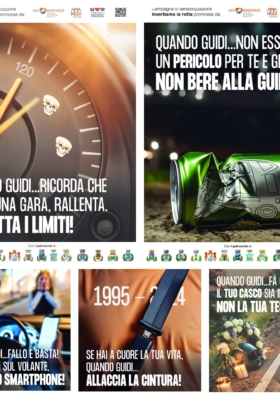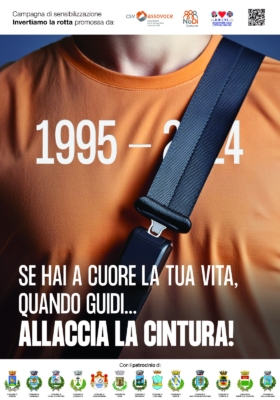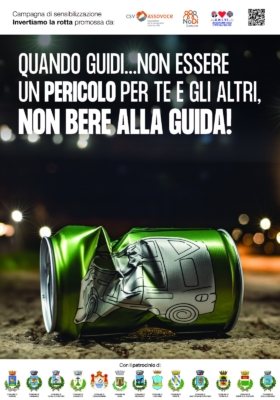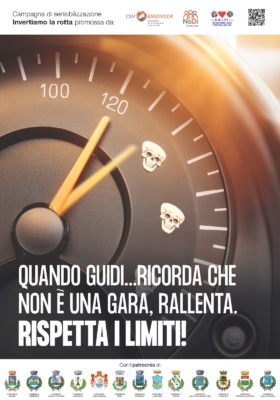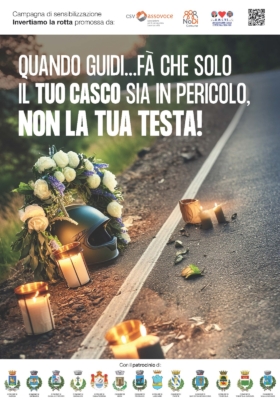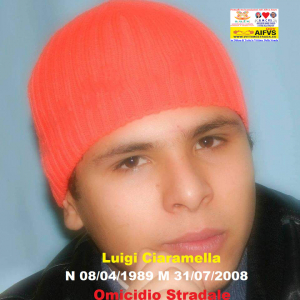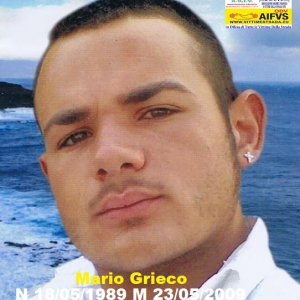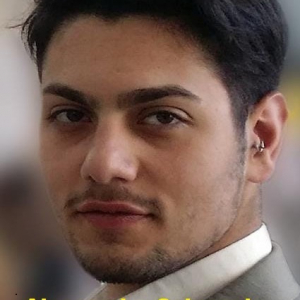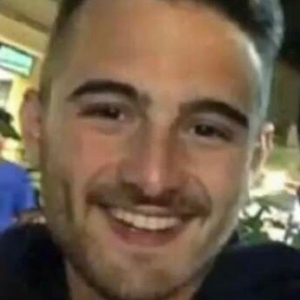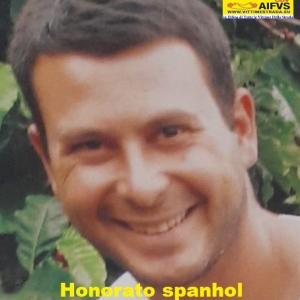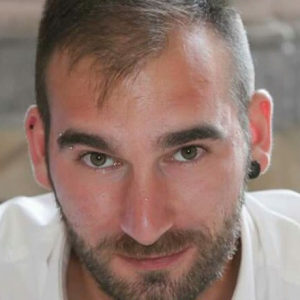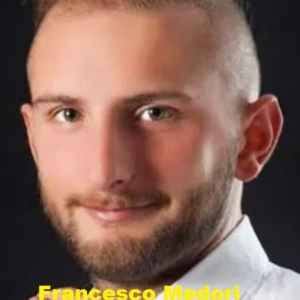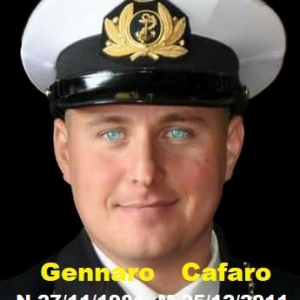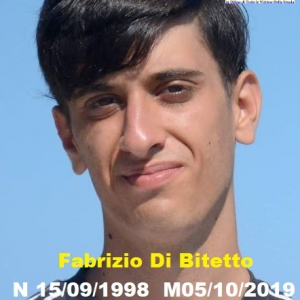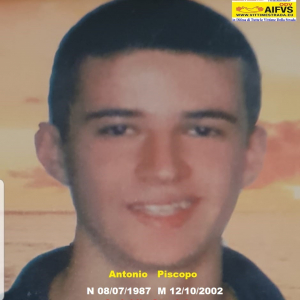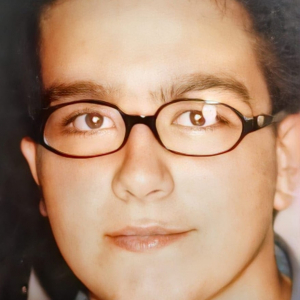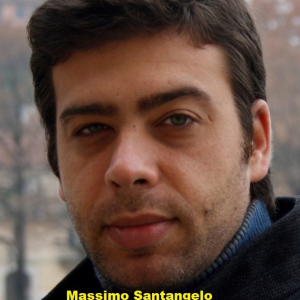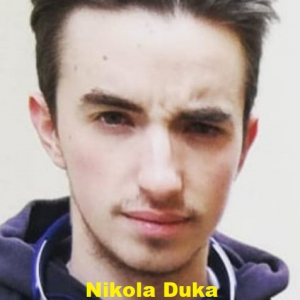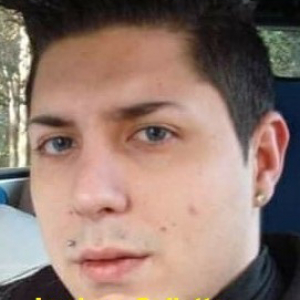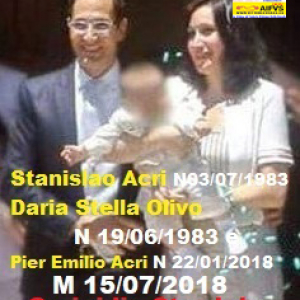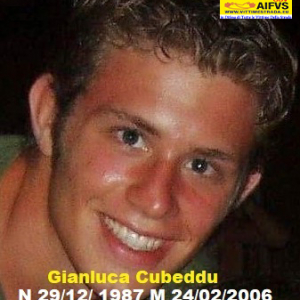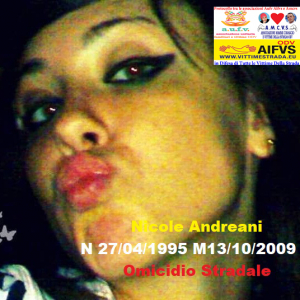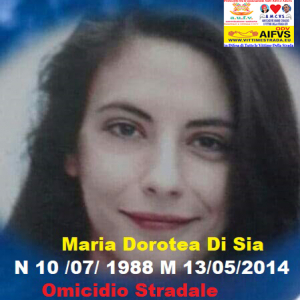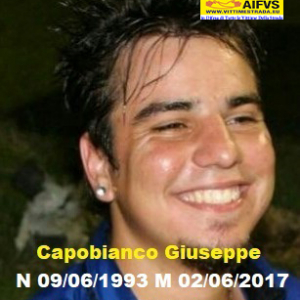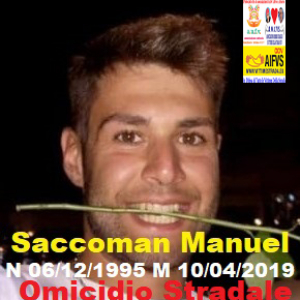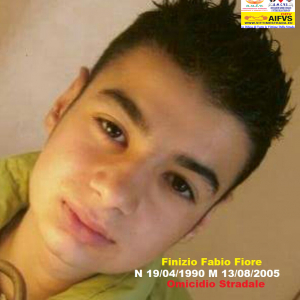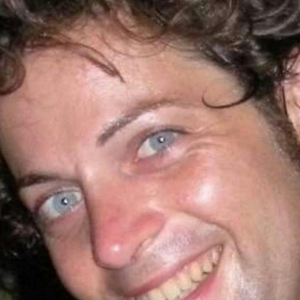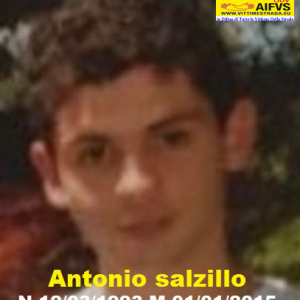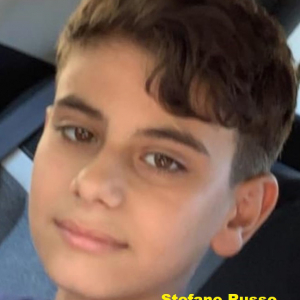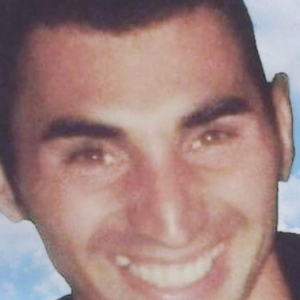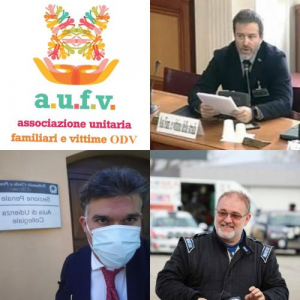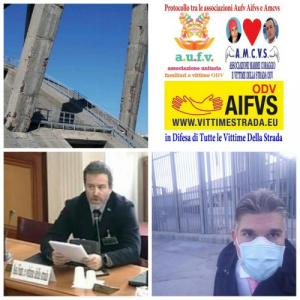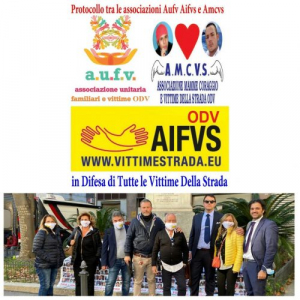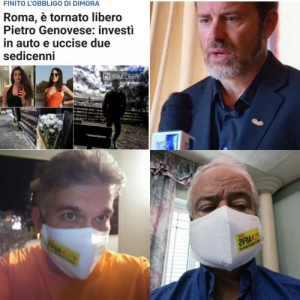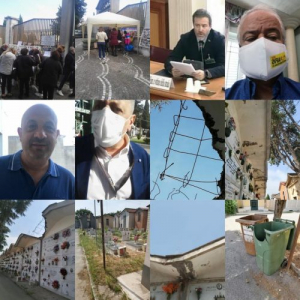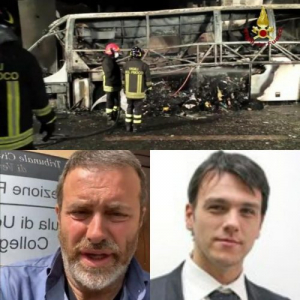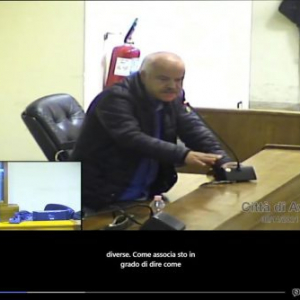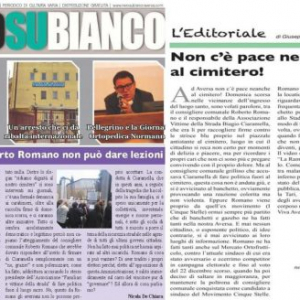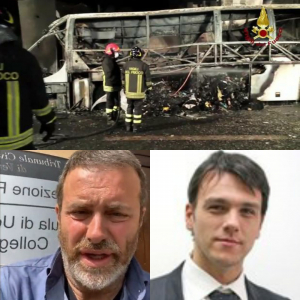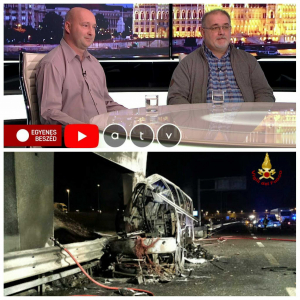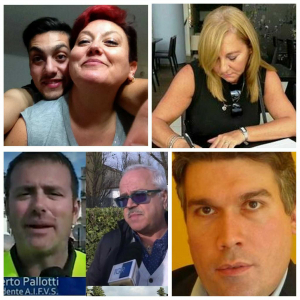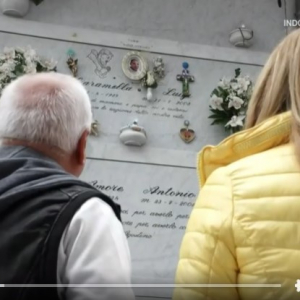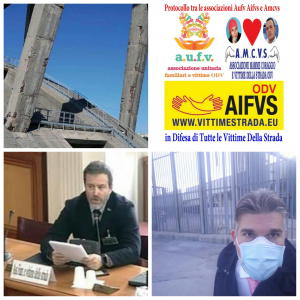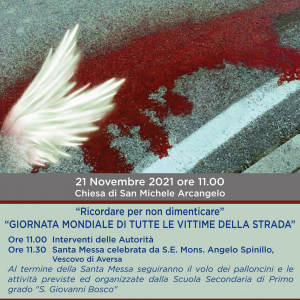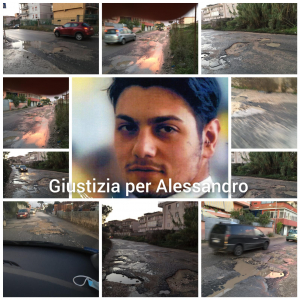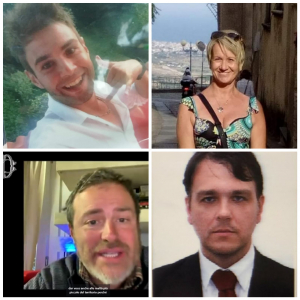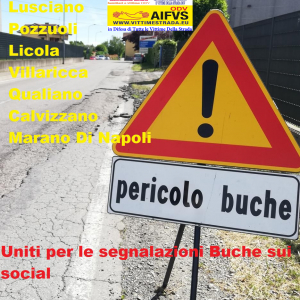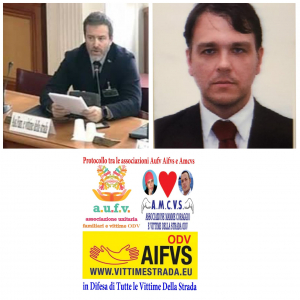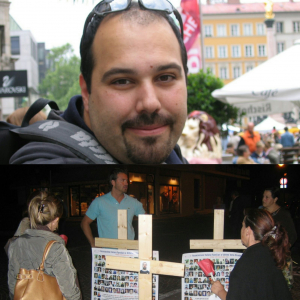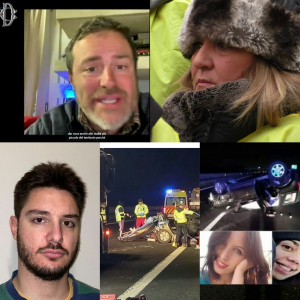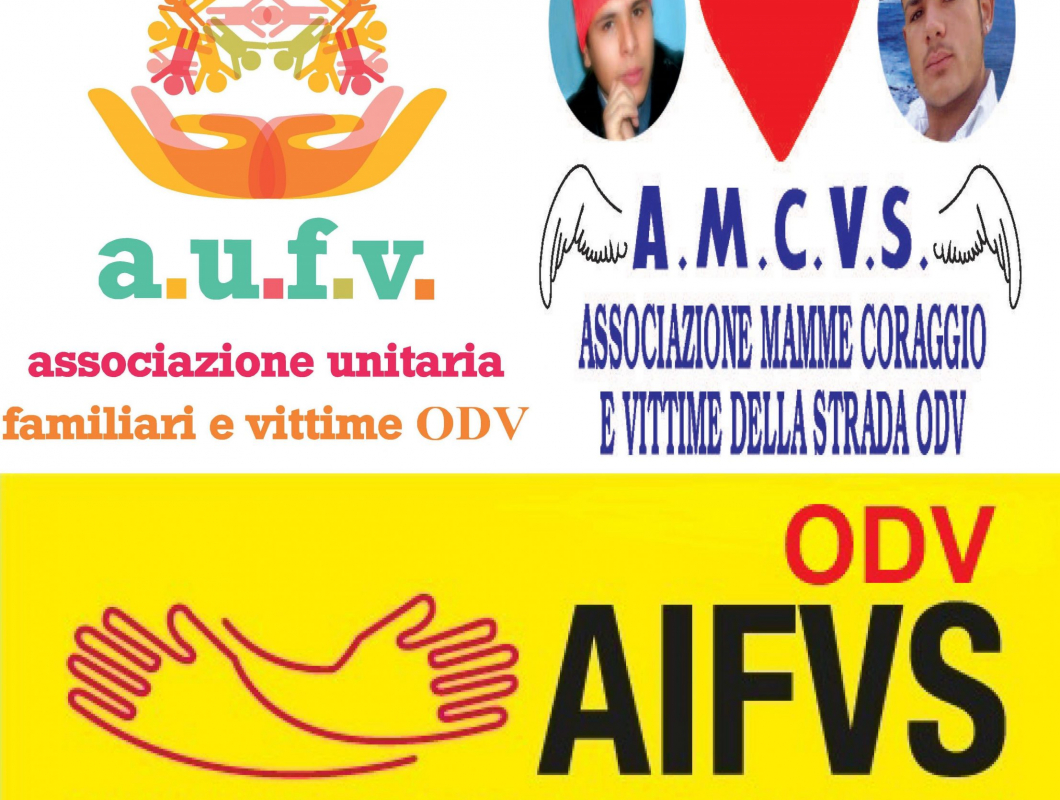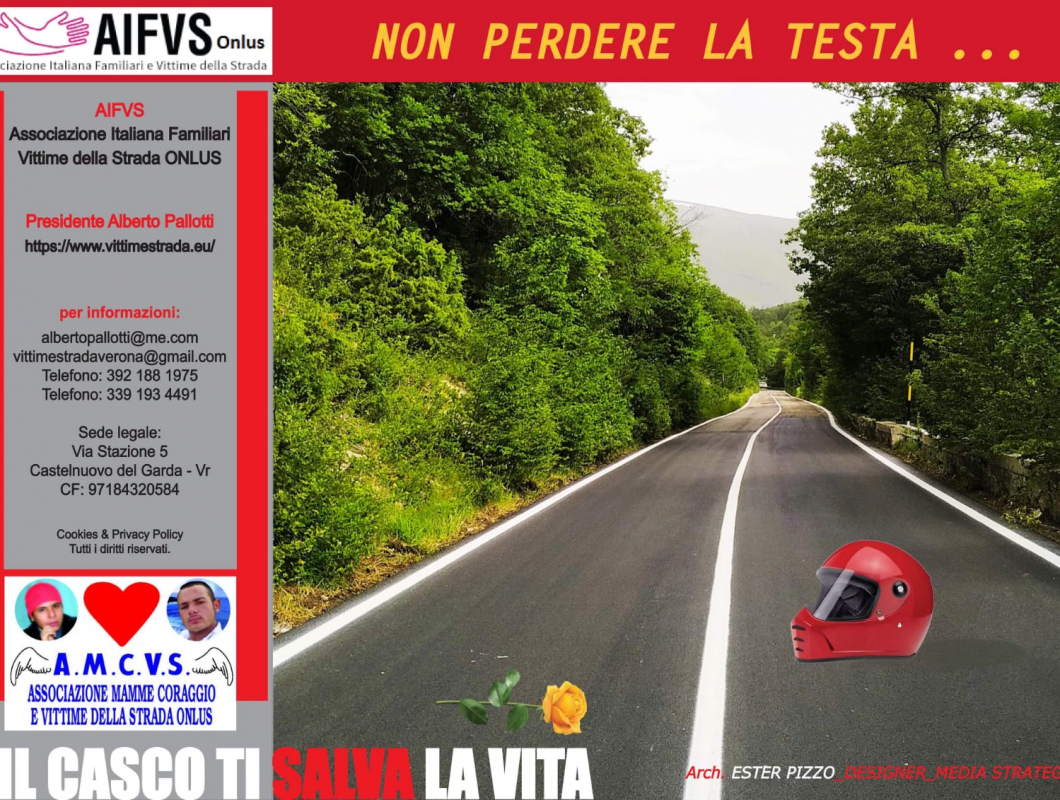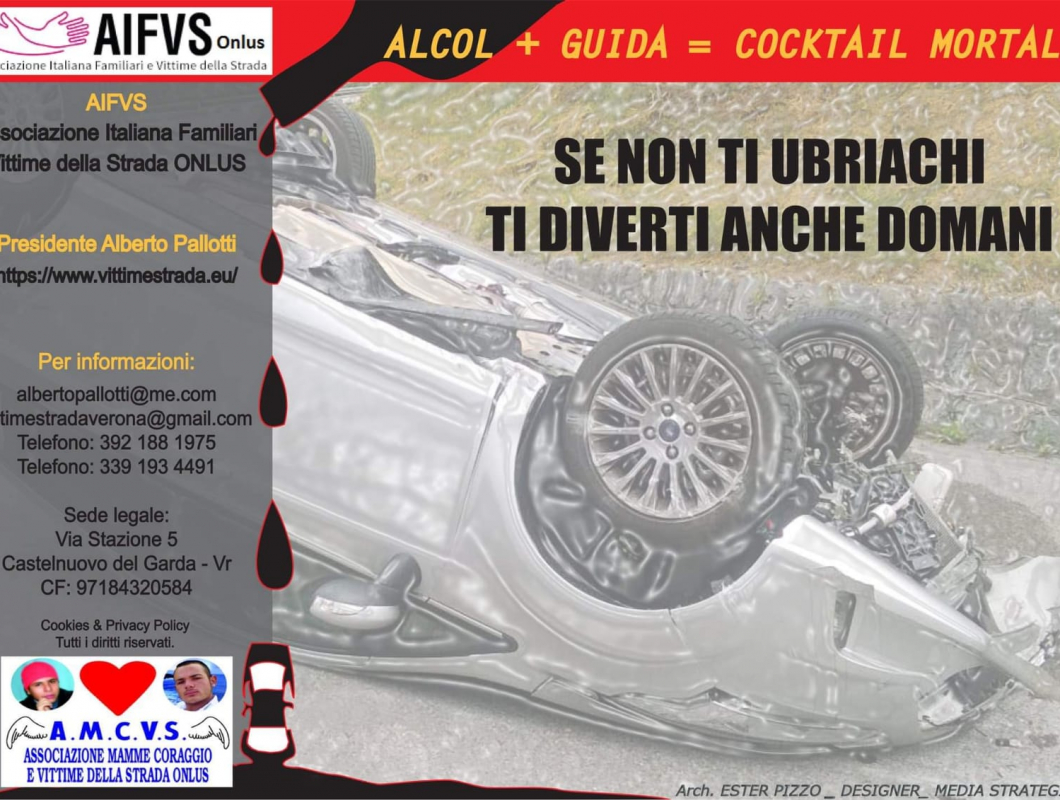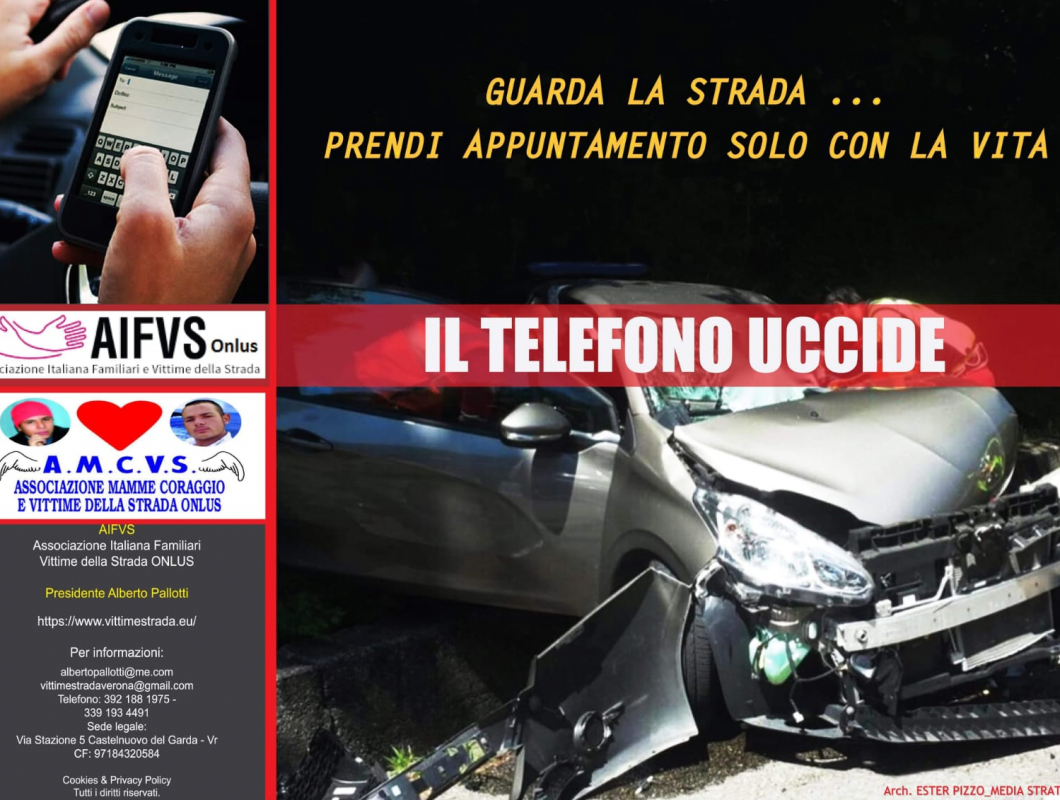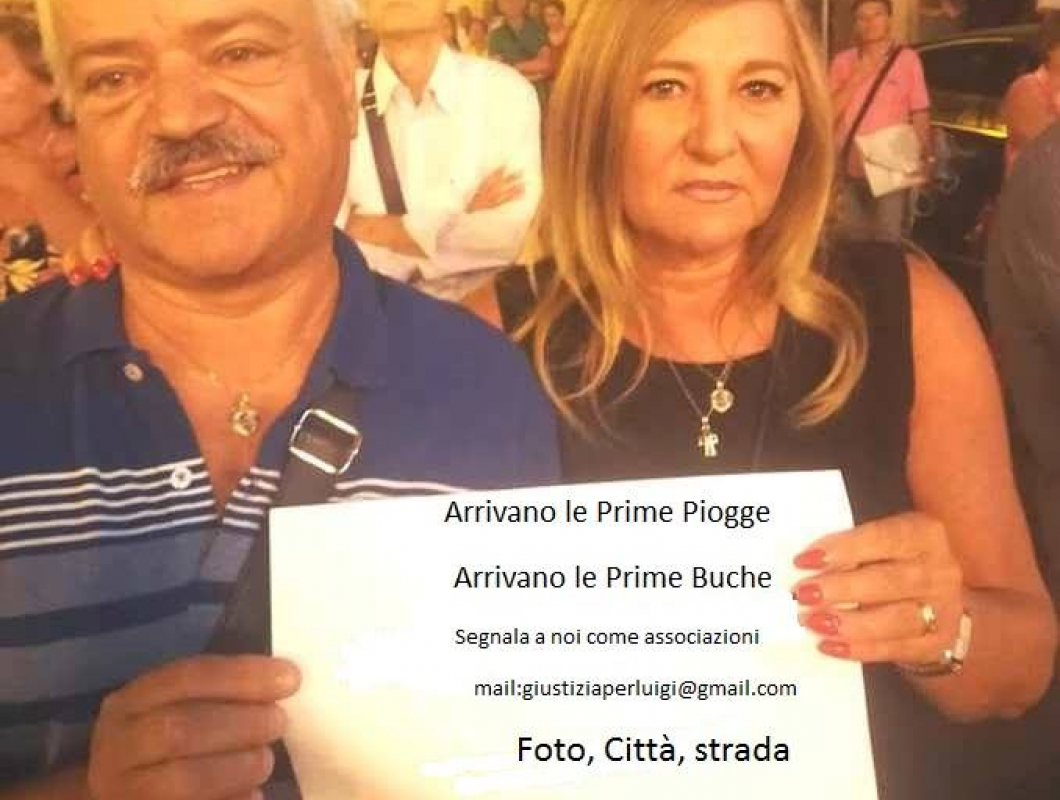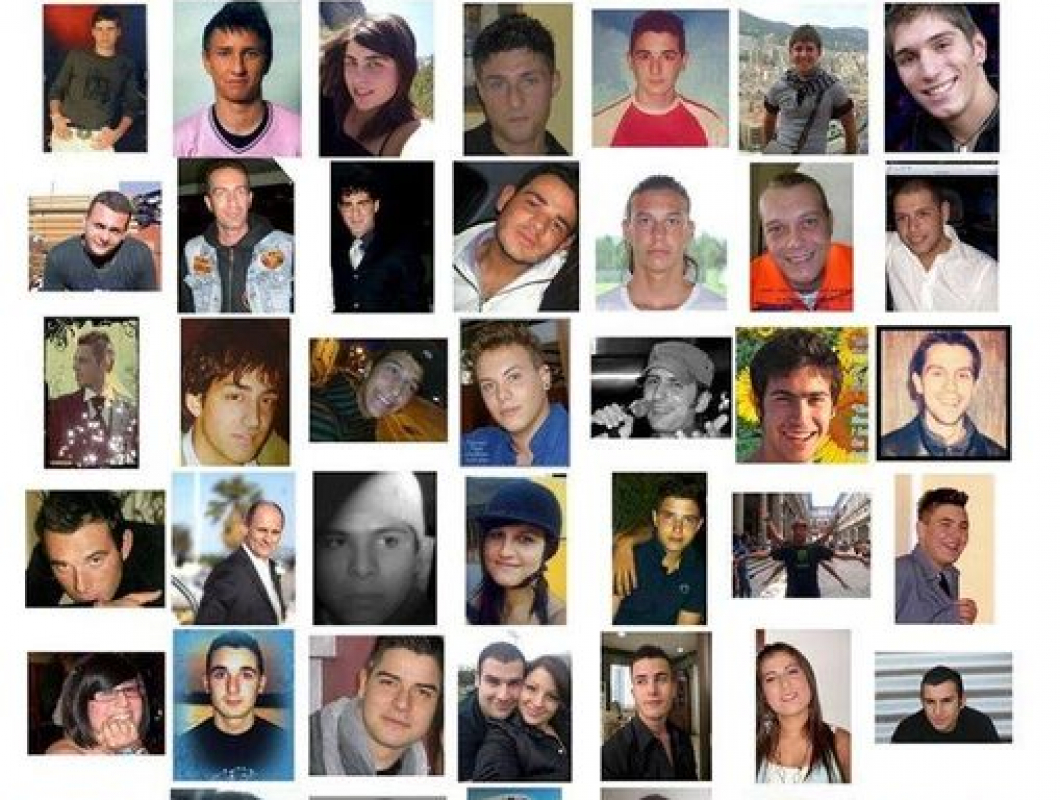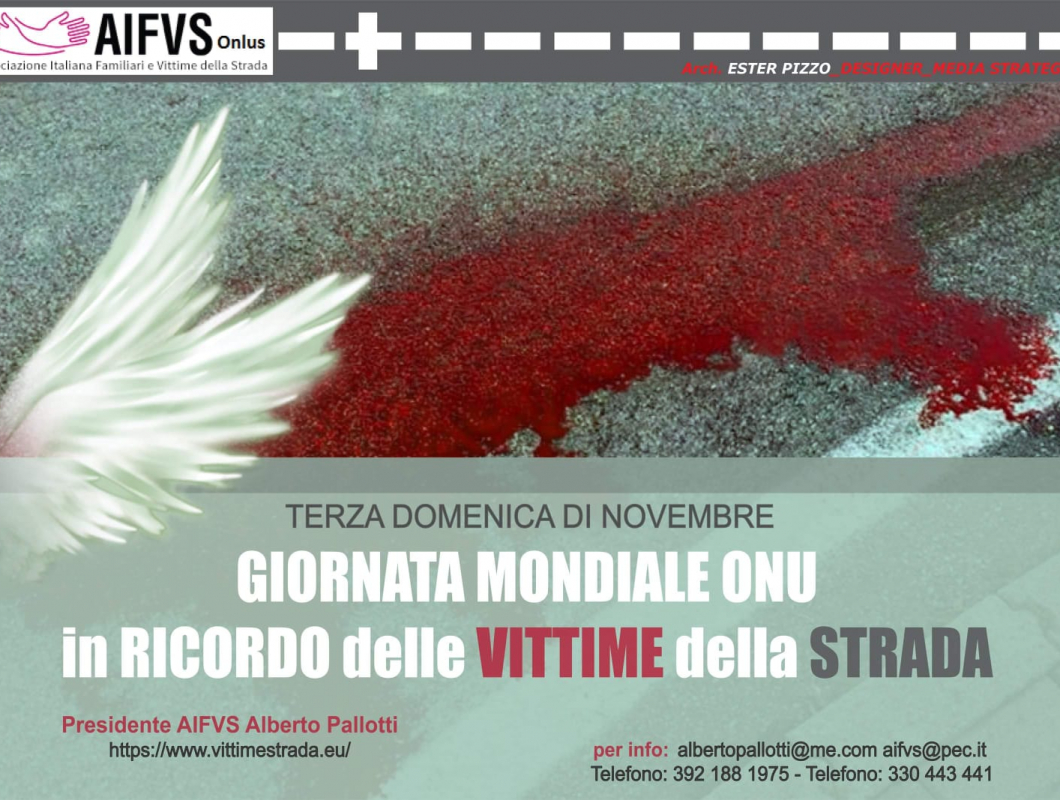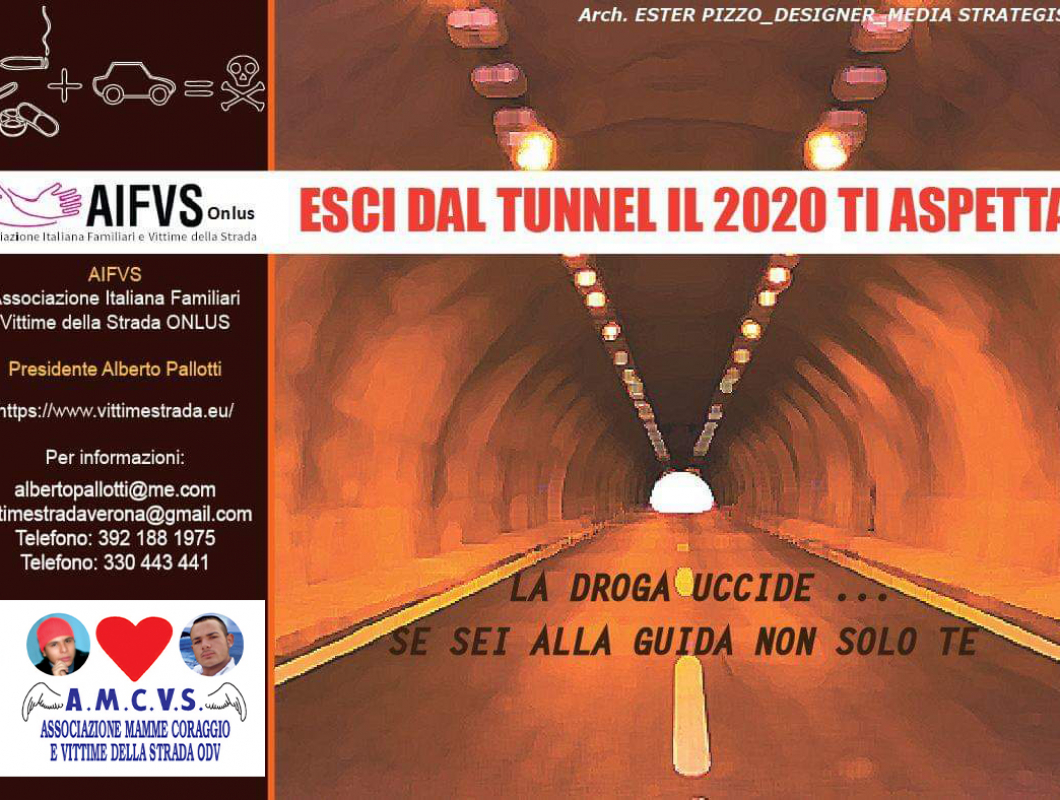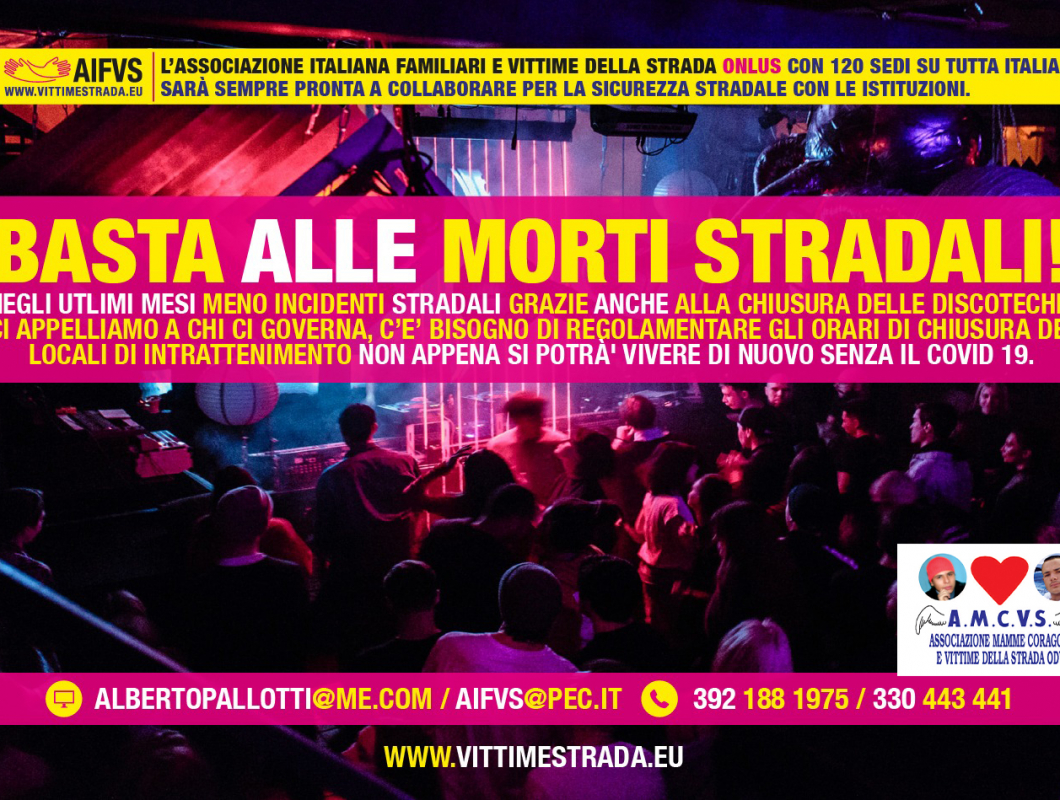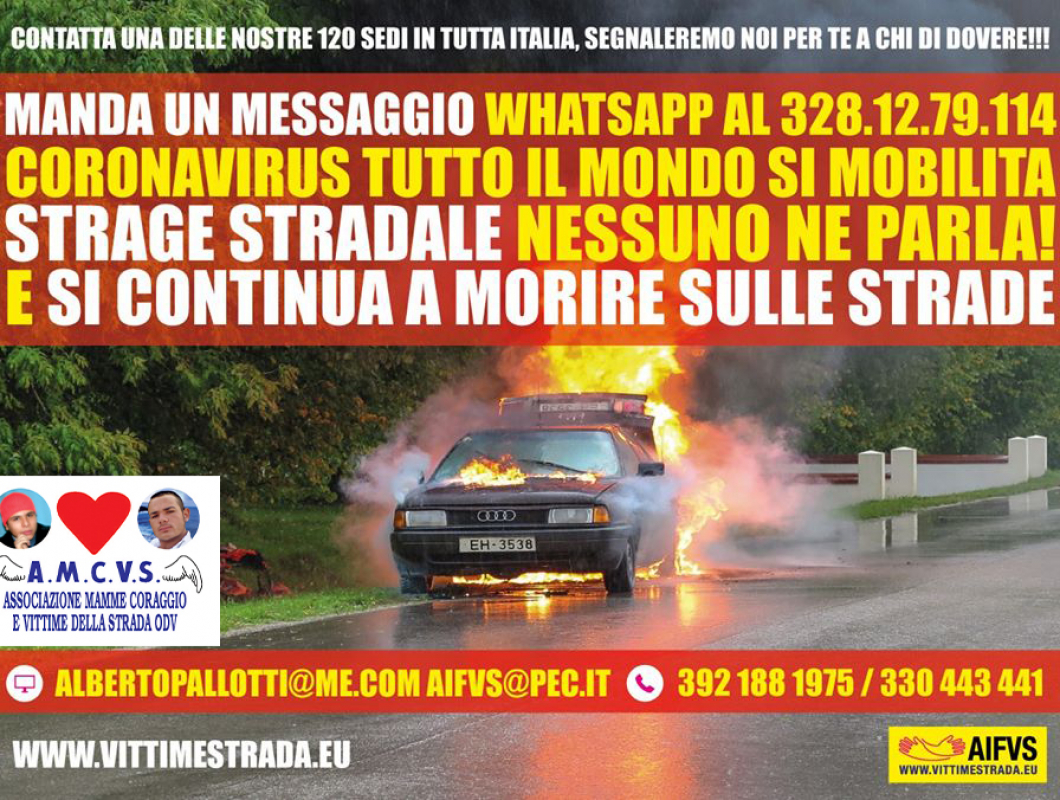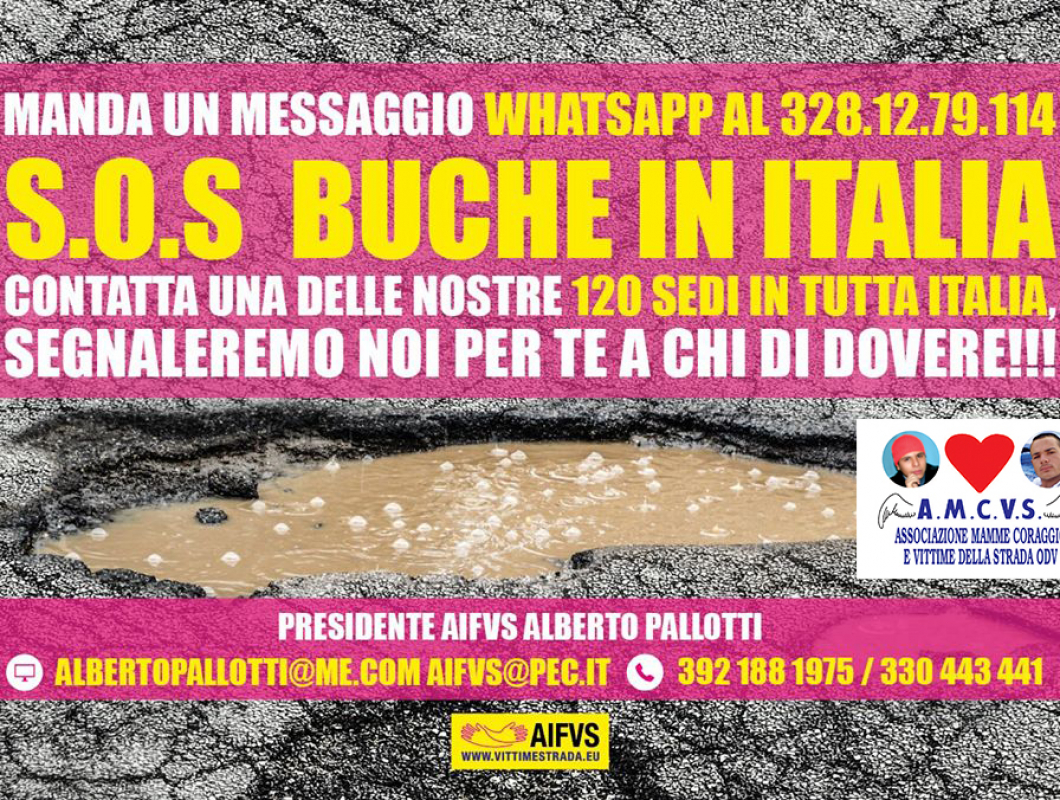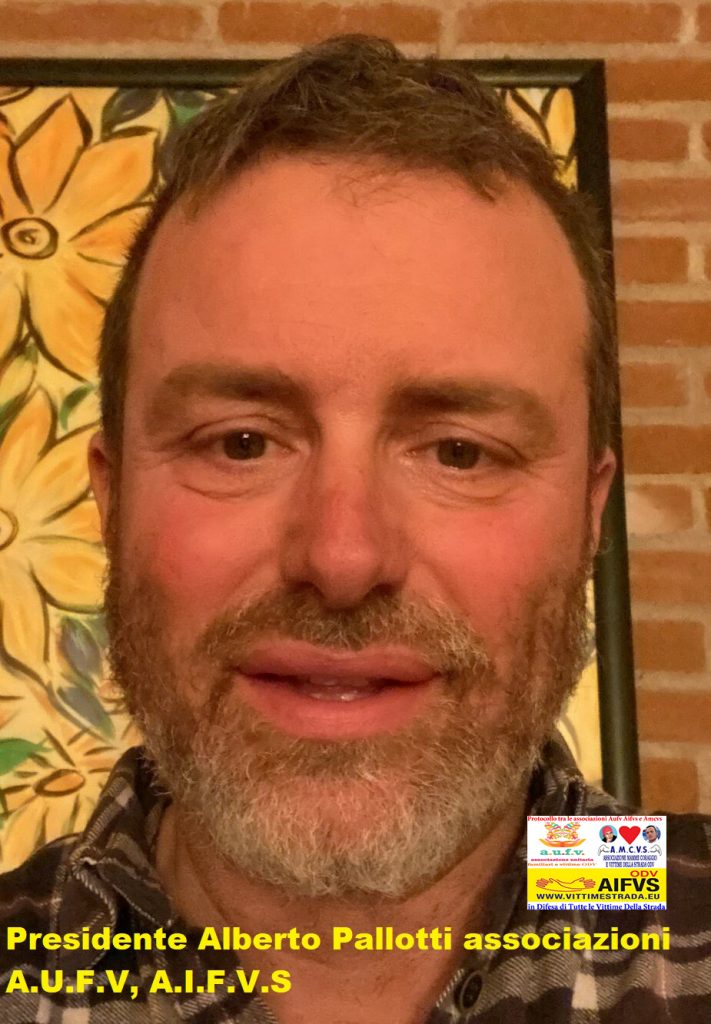IRLANDA. Susan Gray, che fondò il PARC Gruppo per la sicurezza stradale, dopo la perdita di suo marito Steve nel 2004, ritiene che l’esame radicale del sistema poliziesco irlandese, che diverrà effettivo alle 24 di questa notte, fornirà un quadro molto più chiaro del perché, del quando e del dove hanno luogo gli incidenti gravi. Lei spera che aiuterà chi decide nel governo, le autorità locali e la polizia a sviluppare migliori strategie per la sicurezza stradale.
“Non elimina in alcun modo il dolore, ma è in qualche modo piacevole che arrivi proprio in questo periodo, vicino all’anniversario di Steve. È importante anche per i figli vedere i cambiamenti che egli contribuì ad apportare e che egli non è morto invano.”
Widow’s drive to make our roads a safer place for all
Tuesday, December 31, 2013
A widow whose husband was killed in a St Stephen’s night accident says he has not died in vain after the safety campaign his death spurred helped bring about major changes in the way collision data is collected.
Students from Dún Laoghaire Institute of Art, Design and Technology watch a depiction of an accident as part of a campaign aimed at highlighting road safety. Pic: Sam Boal
By Caroline O’Doherty
Susan Gray, who founded the PARC Road Safety Group after losing her husband Steve in 2004, believes the radical overhaul of the Garda system which comes into effect at 12 midnight tonight will provide a far clearer picture of why, when and where serious accidents take place.
She hopes it will help focus policymakers in the Government, local authorities, and the gardaí to develop better road safety strategies.
“It doesn’t take any of the pain away but it’s kind of lovely that it’s coming up at this time, close to Steve’s anniversary. It’s important for the children too to see the changes he helped bring and that he didn’t die for nothing.”
A hackney driver, Steve, 51, died when he was struck by a van after he left his seat to assist passengers getting out of his cab on a rural road in Inishowen, Co Donegal following a night out. The father of two was hit so hard, he was flung 45ft into a field. The driver who struck him was an unaccompanied learner who was not tested for alcohol or drugs as there was no such requirement at the time, and who was later prosecuted and fined just €470 for failure to have an L plate and tax disc.
Susan set up PARC (Promoting Awareness, Responsibility and Care) in his memory and began campaigning for, among other things, mandatory alcohol testing of drivers involved in accidents, which ultimately became law two years ago.
The latest changes involve a radical overhaul of the old CT68 form that gardaí have used since 1959 to record information from the scenes of serious collisions.
Mobile phones didn’t exist when the form was drawn up, there were few if any people driving on foreign licences, and there were more lenient attitudes to learner drivers and drink-driving. Potentially vital information was sometimes not formally recorded or was recorded for use in the Garda investigation and not available elsewhere for analysis by road safety experts.
While the form compared quite favourably to those in use by other police forces around Europe, PARC, the Road Safety Authority, and eventually, the gardaí, believed it could be made far more detailed and consequently more useful in understanding and counteracting the causes of accidents.
One of the most glaring omissions from the form was the absence of a space to record if the accident involved a hit-and-run.
As a result, there is no central record of the number of hit-and-runs that have occurred over the years, with the data being scattered around Garda notebooks, charge sheets, and court statements.
Justice Minister Alan Shatter said in reply to a Dáil question on the subject recently: “It would require a disproportionate expenditure of Garda time and resources to compile the information requested.”
Moved by the concerns of bereaved families, Fianna Fáil’s Timmy Dooley has drawn up a bill which would increase the maximum jail term for hit-and-run from six months to 10 years.
The Government has indicated support for the move, but Susan says it should have come sooner and been driven by hard statistics instead of requiring bereaved families to put their grief into the public eye to plead for change.
“It will help the minister to back this bill if he gets the statistics. He’ll see then the urgency that there is to get this made an indictable offence. When someone leaves the scene of an accident, you don’t know if they might have saved the person they hit. You don’t know if somebody else ran over them afterwards. My husband died in a field.
“He was there 15 or 20 minutes before he was found and yet the driver who hit him stayed and there were other people around. How long might somebody lie dying if there’s nobody around?
“The coroner convinced me that his injuries were so serious that he would have died instantly but it would have been lovely to think that somebody was with him, just to hold his hand and comfort him. Nobody should die alone. That’s just the most basic right and yet people in hit-and-runs leave the scene for their own needs. That’s something in the way people react that has to change.”
Changing attitudes takes time but one of the effects of the new data collection system will be felt much sooner. The RSA has up to now received paper copies of the CT68s which makes extracting data for analysis a laborious task.
From tomorrow, the information gardaí collect will not be handwritten on paper forms but phoned in directly to the Garda Pulse computer system. The details will then be transferred electronically to the RSA which makes analysis far quicker.
Susan says it’s a very positive step but she’s already thinking of her next one. Her to-do list includes establishing a right for bereaved families to see the CT68 form.
“Many families have requested a copy and have been refused yet the few that have received a copy have often learned things from CT68 forms about their loved one’s death and the circumstances around it that they wouldn’t have known otherwise.
“If there is not enough evidence to direct a prosecution, or if the individual pleads guilty and there is no full hearing, a lot of information is missing.
“It makes some families feel that there is information out there that they could have and wonder why is it being kept from them. It makes them suspicious. The family are entitled to a Garda abstract report and witness statements but only after a criminal prosecution is completed and you are charged €40 or €60 for a copy. We have families who have spent €1,000 getting documents so we are also campaigning for these fees to be abolished for immediate family.”
Just before Christmas, Labour’s Tommy Broughan, a strong supporter of PARC’s work, submitted questions to Mr Shatter, seeking a copy of the revised CT68 form which Susan and the rest of the PARC group have not yet been allowed see.
He is also asking for a commitment that the form will be reviewed every two years as is the practice with the Police Service of Northern Ireland.
“PARC do not want to wait another 55 years for the next updated version of the CT68,” says Susan.
“We want any major changes in law, such as the testing of an unconscious driver to be added to the CT68 immediately once the legislation is passed into law in 2014.”
Mr Broughan expects answers to his questions when the Dáil resumes in mid-January.
© Irish Examiner Ltd. All rights reserved


